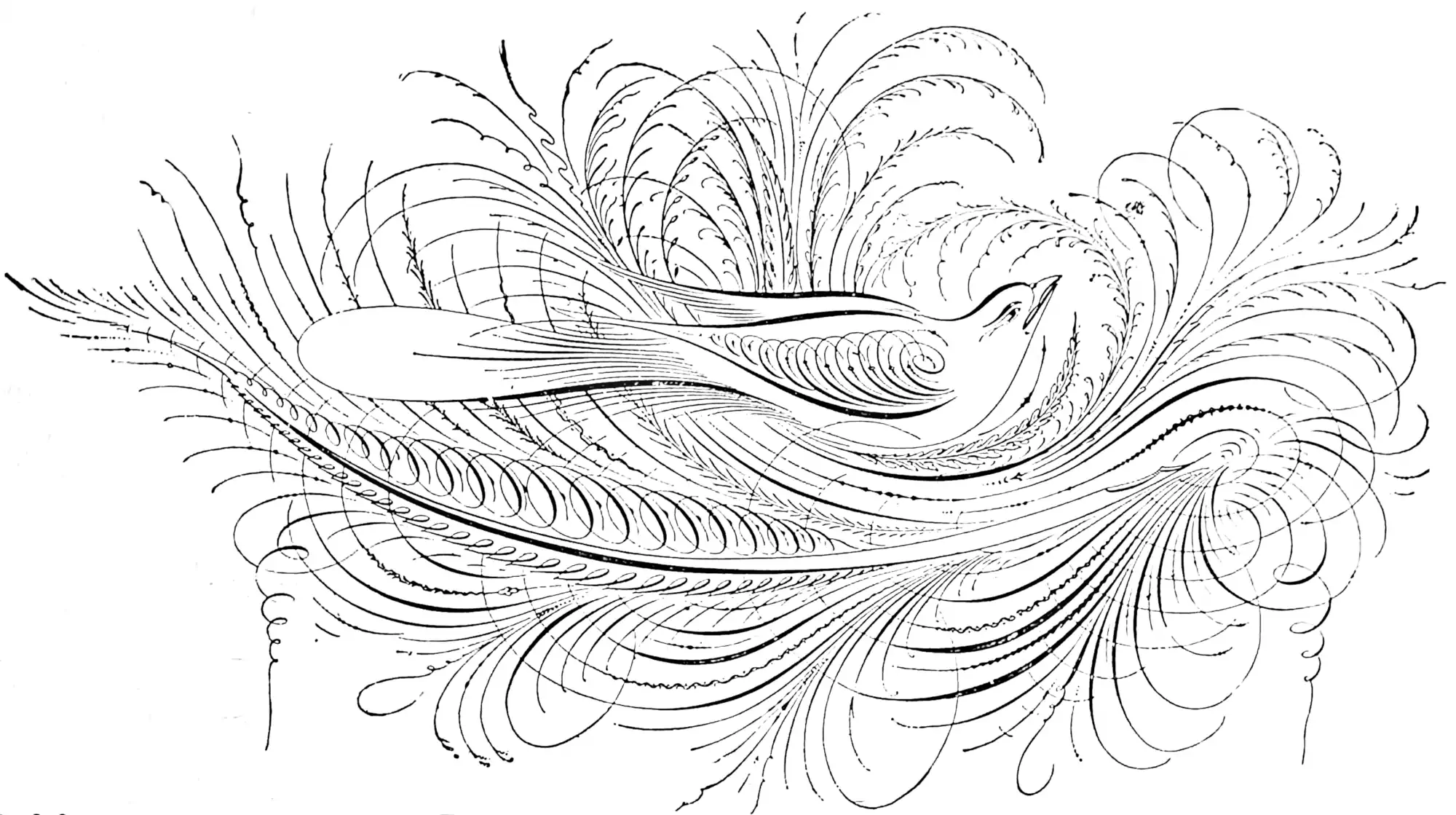Convolutional stochastic processes
Moving averages of noise
March 1, 2021 — August 15, 2021
Gaussian
geometry
Hilbert space
how do science
kernel tricks
machine learning
PDEs
physics
regression
signal processing
spatial
statistics
stochastic processes
time series
uncertainty
Suspiciously similar content
Stochastic processes are generated by convolution of white noise with smoothing kernels, which is not unlike kernel smoothing where the “data” is random. Or, to put it another way, these are processes defined as moving averages of some stochastic noise.
For now, I am mostly interested in certain special cases: Gaussian convolutions and subordinator convolutions.
1 References
Adler, Robert J. 2010. The Geometry of Random Fields.
Adler, Robert J., and Taylor. 2007. Random Fields and Geometry. Springer Monographs in Mathematics 115.
Adler, Robert J, Taylor, and Worsley. 2016. Applications of Random Fields and Geometry Draft.
Bolin. 2014. “Spatial Matérn Fields Driven by Non-Gaussian Noise.” Scandinavian Journal of Statistics.
Higdon, David. 1998. “A Process-Convolution Approach to Modelling Temperatures in the North Atlantic Ocean.” Environmental and Ecological Statistics.
Higdon, Dave. 2002. “Space and Space-Time Modeling Using Process Convolutions.” In Quantitative Methods for Current Environmental Issues.
Lee, Herbert K. H., Higdon, Bi, et al. 2002. “Markov Random Field Models for High-Dimensional Parameters in Simulations of Fluid Flow in Porous Media.” Technometrics.
Lee, Herbert KH, Higdon, Calder, et al. 2005. “Efficient Models for Correlated Data via Convolutions of Intrinsic Processes.” Statistical Modelling.
Scharf, Hooten, Johnson, et al. 2017. “Process Convolution Approaches for Modeling Interacting Trajectories.” arXiv:1703.02112 [Stat].
Thiebaux, and Pedder. 1987. “Spatial Objective Analysis with Applications in Atmospheric Science.” London and Orlando, FL, Academic Press, 1987, 308.
Wolpert, and Ickstadt. 1998. “Poisson/Gamma Random Field Models for Spatial Statistics.” Biometrika.
